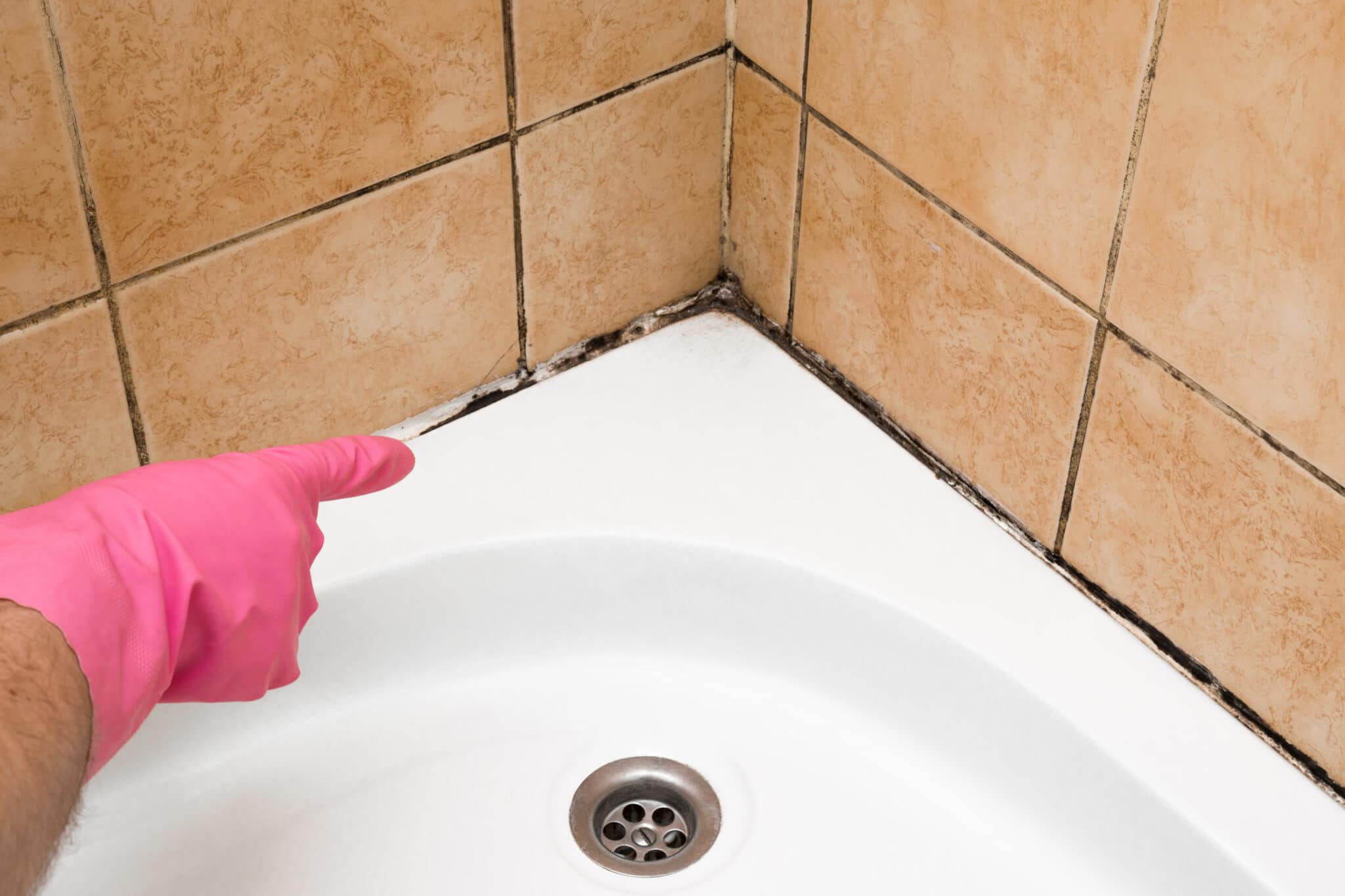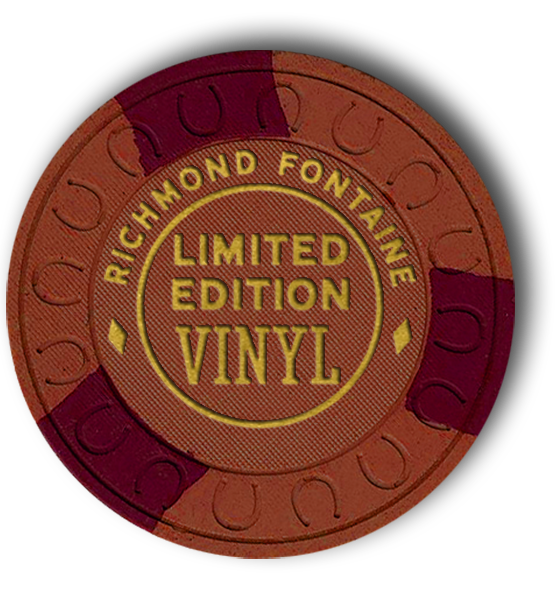Mildew in the shower can be a gross and unsightly problem. But don’t worry, there are a few things you can do to get rid of it for good! First, try scrubbing the affected area with a mixture of vinegar and water.
If that doesn’t work, you can try using bleach or another commercial mildew remover. Just be sure to follow the directions on the product label carefully. Whichever method you choose, be sure to rinse the area well afterwards to remove any residue.
With a little elbow grease, you should be able to banish that mildew for good!
If you’re dealing with mildew in your shower, there are a few things you can do to get rid of it. First, make sure that you’re ventilating your bathroom properly. This means opening a window or running an exhaust fan whenever you shower.
Next, use a mildew-resistant shower curtain or liner. You can also try spraying your shower down with a vinegar solution after each use. Just mix equal parts water and vinegar in a spray bottle and spritz away.
If you have tile in your shower, scrub the grout with a brush and bleach solution to kill any mold that might be growing there. For stubborn mildew stains, you can also try using commercial mold and mildew cleaners. Just follow the instructions on the label carefully and always ventilate the room while you’re using them.

Credit: www.jdogcarpetcleaning.com
What is the Best Cleaner for Mold And Mildew in the Shower?
If you’re looking for the best cleaner for mold and mildew in the shower, look no further than bleach. Bleach is a strong disinfectant that will kill mold and mildew quickly and efficiently. Just be sure to use gloves and ventilation when using bleach, as it can be harmful to your lungs if used in enclosed spaces.
Is Bleach Or Vinegar Better to Kill Mold in Shower?
Mold is a fungi that can grow in many different places, both indoors and outdoors. It thrives in damp, warm environments and can often be found in showers or other areas of the home where moisture is present. Bleach and vinegar are two common household products that can be used to kill mold.
But which one is more effective?
Bleach is a strong disinfectant that will kill most types of mold on contact. However, it is also a harsh chemical that can damage surfaces and irritate your skin and respiratory system.
Vinegar, on the other hand, is a natural acid that can kill mold without damaging surfaces or causing irritation. It’s also much cheaper than bleach.
If you’re trying to decide between bleach and vinegar to kill mold in your shower, vinegar is the better choice.
It’s just as effective as bleach but won’t harm you or your home in the process.
Why Do I Keep Getting Mildew in My Shower?
If you’re like most people, you probably don’t give much thought to the mold and mildew growing in your shower. However, if you’ve noticed an increase in the amount of mildew in your shower, there are a few possible explanations.
One possibility is that you have a leaky pipe somewhere in your bathroom.
This can cause water to seep into the walls or floor, creating an environment where mold and mildew can thrive. If you suspect you have a leaky pipe, it’s important to have it repaired as soon as possible to prevent further damage to your home.
Another possibility is that the ventilation in your bathroom isn’t adequate.
This can cause humidity to build up, which provides the perfect conditions for mold and mildew growth. If this is the case, installing a fan or opening a window when showering can help solve the problem.
Finally, if you live in an area with high humidity levels, this can also contribute to mold and mildew growth in your shower.
How Do You Get Black Mold Out of Shower Grout?
If you have black mold growing in your shower, there are a few things you can do to get rid of it. First, make sure that the area is well-ventilated so that the mold can’t grow back as easily. You can also try scrubbing the affected area with a bleach solution or a vinegar and water mixture.
If the mold is really stubborn, you may need to use a stronger cleaning agent like chlorine bleach. Be sure to follow the directions on the label carefully and always wear gloves and a mask when working with bleach. Once you’ve gotten rid of the mold, make sure to keep your shower clean and dry to prevent it from coming back.
Shower Mold Removal – Super Easy Cleaning Hack
How to Get Rid of Mould in Shower Silicone
If you have mould in your shower silicone, don’t despair! There are a few easy ways to get rid of it.
First, try scrubbing the mouldy area with a toothbrush or other soft brush.
If that doesn’t work, you can try using a vinegar solution (1 part vinegar to 3 parts water). Just apply the solution to the mouldy area and let it sit for a few minutes before wiping it away.
If those methods don’t work, you can always buy a commercial mold cleaner from your local hardware store.
Just follow the instructions on the bottle and be sure to wear gloves and eye protection when using any harsh chemicals.
Once you’ve gotten rid of the mould, be sure to prevent it from coming back by regularly cleaning your shower and keeping it well ventilated.
How to Get Rid of Mold in Shower With Vinegar
Mold is a common problem in showers, and it can be tough to get rid of. Vinegar is a natural cleaning agent that can kill mold and mildew. To clean mold with vinegar, mix equal parts vinegar and water in a spray bottle.
Spray the mixture on the moldy areas, and let it sit for 30 minutes. Then, scrub the area with a brush or cloth. Rinse the area well with water to remove any leftover residue.
How to Get Rid of Mildew in Shower Grout
Mildew loves to grow in warm, moist environments—and your shower is the perfect breeding ground. Luckily, there are a few simple steps you can take to get rid of mildew and keep it from coming back.
To start, mix up a solution of equal parts water and white vinegar.
Apply this mixture to the affected areas with a sponge or brush, and let it sit for 15-20 minutes. Then, use a stiff brush to scrub away the mildew.
Rinse the area well with clean water and dry it off completely.
You may need to repeat this process a few times to completely remove all traces of mildew.
Once you’ve gotten rid of the mildew, take steps to prevent it from returning. First, make sure your shower is well-ventilated so that it can air out after each use.
Second, avoid using products that contain oils or other fats—these can create a film on your shower walls that provides food for mold and mildew spores.
How to Get Rid of Mildew on Walls
Mildew is a type of fungus that can grow on walls and other surfaces in your home. While it’s not as harmful as some other types of mold, mildew can still cause problems for your family if it’s not removed. If you have mildew in your home, you’ll want to take action to get rid of it as soon as possible.
There are a few different ways that you can remove mildew from your walls. One option is to use a commercial cleaner that is designed specifically for mildew removal. You can also make your own cleaning solution by mixing one part bleach with three parts water.
Another way to remove mildew is to scrub the affected area with a brush or sponge soaked in soapy water.
Once you’ve removed the visible signs of mildew, you’ll need to take steps to prevent it from returning. Make sure that any areas where mildew was present are completely dry before painting or papering over them.
In humid areas, use an air conditioner or dehumidifier to keep the air dry and discourage mold growth.
Conclusion
If you’ve ever noticed that musty, mildew smell in your shower, it’s probably because mold and mildew are growing in there. Mold and mildew love damp, warm places like showers, so it’s important to keep your shower clean and dry to prevent them from growing.
There are a few different ways you can get rid of mold and mildew in your shower.
You can use a store-bought cleaner or make your own natural cleaner with ingredients like vinegar or tea tree oil. Once you’ve cleaned the mold and mildew away, be sure to keep your shower clean and dry by using a squeegee after each use and opening up the bathroom door or window to let air circulate.
